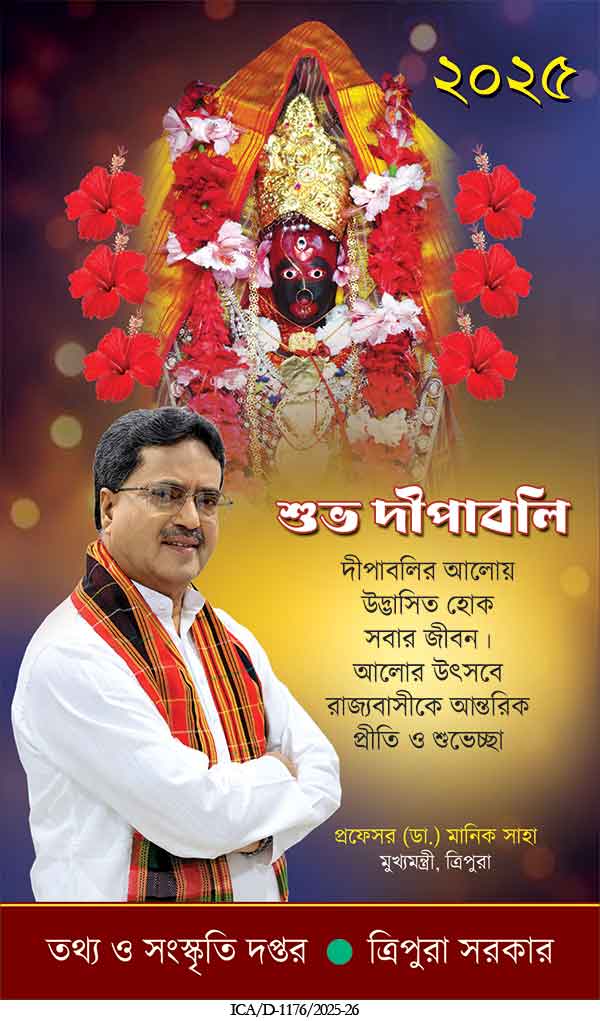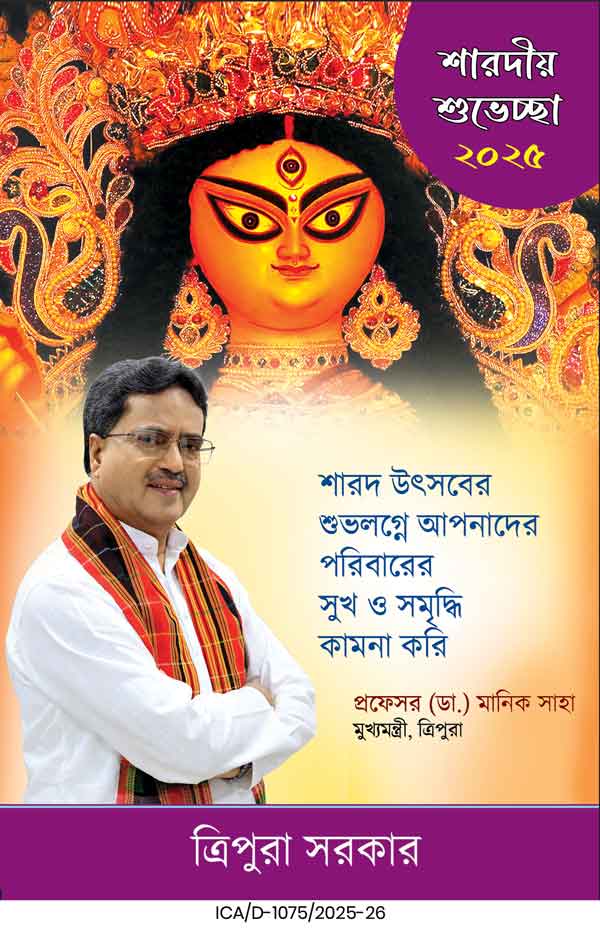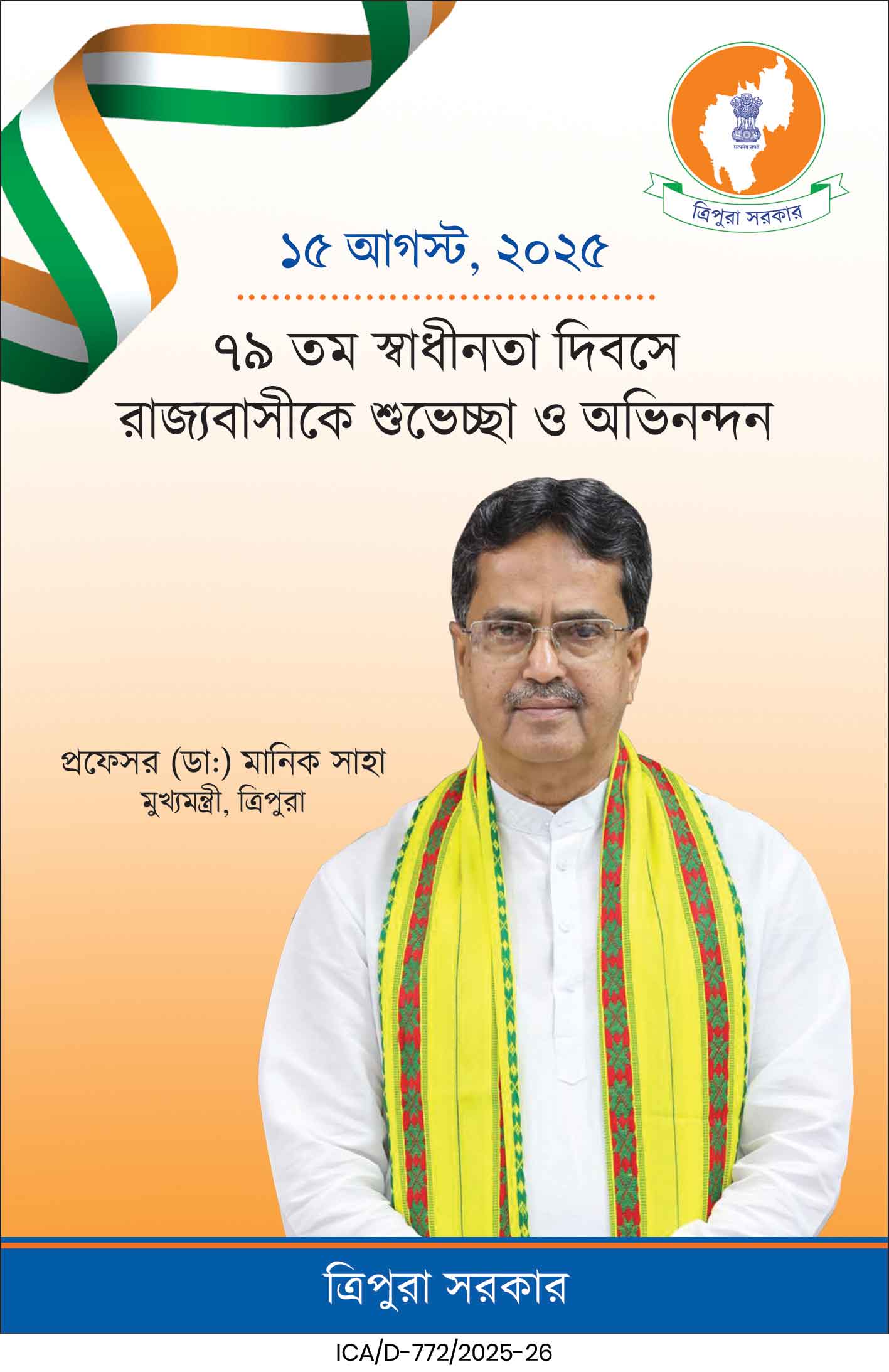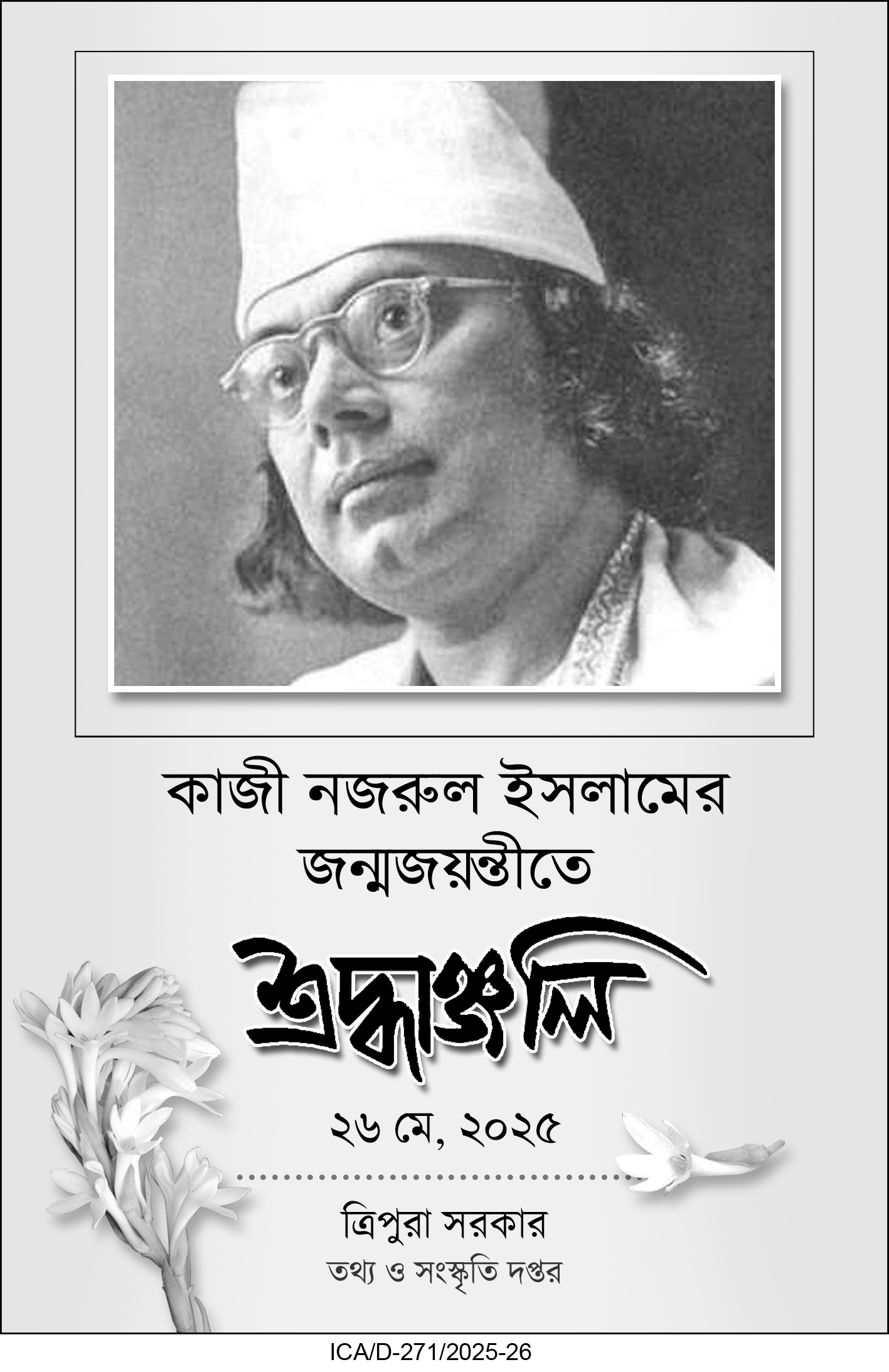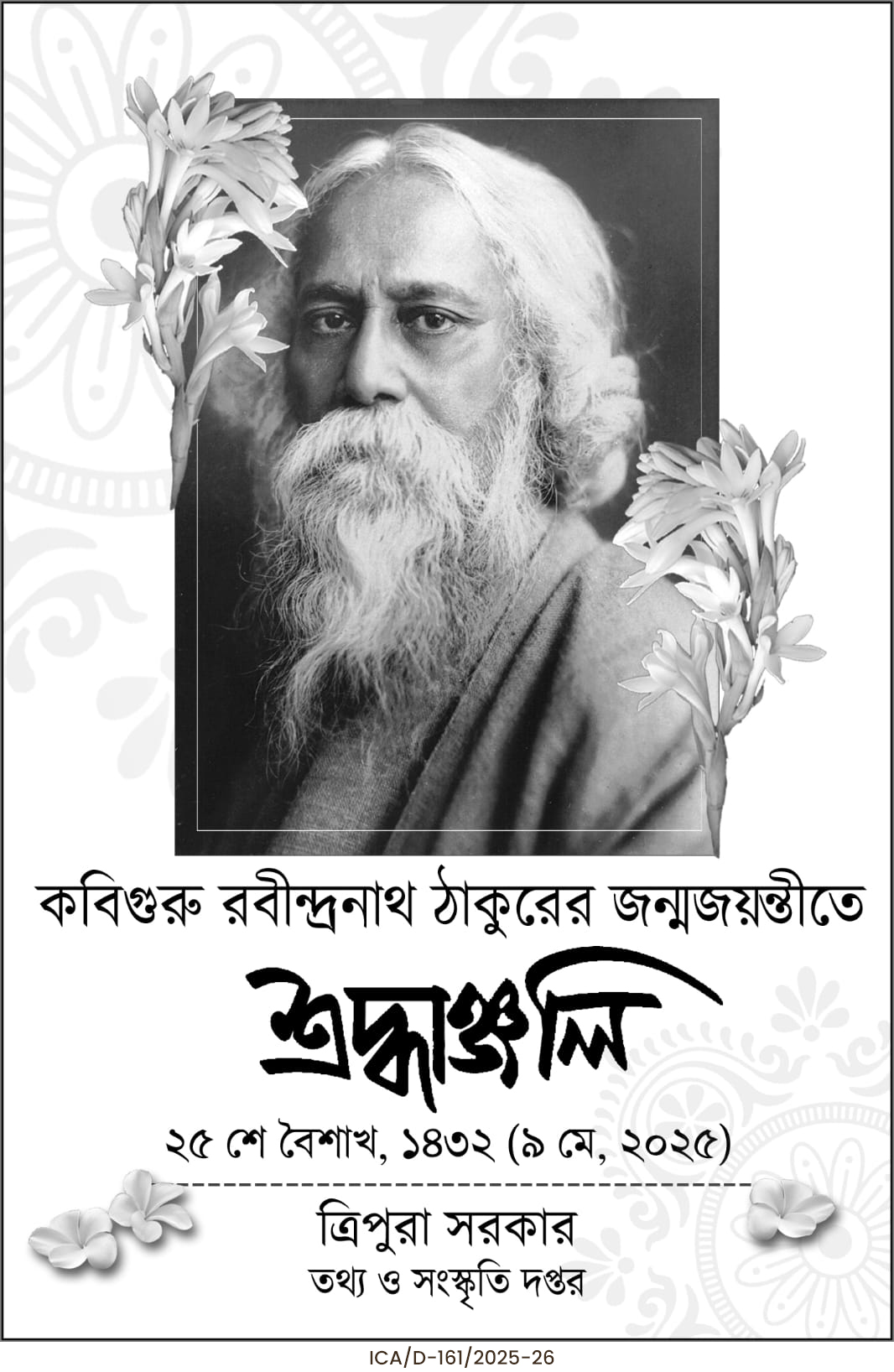PM Modi’s vision for a developed India by 2047 took center stage at a major NITI Aayog meet, gaining support from JD-U and BJP states. While praised for its cooperative federalism theme, Congress leaders raised doubts about NITI Aayog’s credibility and the feasibility of long-term promises.
Prime Minister Narendra Modi on Saturday chaired a high-level NITI Aayog meeting at Bharat Mandapam in New Delhi, aimed at crafting a unified development roadmap for India with a target year of 2047. The gathering brought together Chief Ministers and Lieutenant Governors from across the country, signaling a significant effort to foster cooperative federalism and bridge the persistent development gap between states.
Among those supporting the initiative was Janata Dal-United (JD-U), with the party’s National Spokesperson Rajeev Ranjan lauding the Prime Minister’s vision. “This is a very important meeting. The PM’s vision for 2047 focuses on how to bridge the development gaps between states. The imbalance arising from the unequal distribution of resources between backward and developed states is a major challenge,” said Ranjan. He emphasized that participation from leaders across party lines demonstrates the gravity and seriousness with which the Centre is approaching this mission.
The meeting showcased several key developmental schemes such as PM Gati Shakti, the Jal Jeevan Mission, and advances in digital infrastructure, all touted by BJP-led states as examples of effective Centre-State collaboration. These initiatives were presented as stepping stones toward achieving ‘Viksit Bharat’—a developed India—by the centenary of its independence in 2047.
However, the discussions were not without dissent. Congress leaders voiced skepticism about the Centre’s long-term developmental promises and questioned the current functionality of NITI Aayog. Congress MP Varsha Gaikwad remarked, “It’s good that such meetings are happening, but earlier we had the Planning Commission. Now, NITI Aayog is being run by its own appointed officials. If a budget was shifted, a scheme shut down, or if there was corruption, the Planning Commission would issue a report. Look at the current reports of the CAG and NITI Aayog.”
Echoing similar doubts, Congress spokesperson Pawan Khera criticized the timeline-driven approach of the government, stating, “Why are they talking about 2047 now? Every two to three years, they give a new date. They had promised to double farmers’ income by 2022. It did not happen.”
Despite the criticism, the meeting marked a significant moment in Centre-State engagement. It was also the first such high-profile gathering following India’s successful Operation Sindoor, where the Indian Armed Forces neutralised nine terrorist camps in Pakistan and Pakistan-Occupied Kashmir in retaliation for the Pahalgam terror attack.
As India eyes 2047 with aspirations of becoming a fully developed nation, this NITI Aayog session has set the tone for sustained dialogue and cooperative action. The vision, while ambitious, calls for both consensus and consistent effort across political and administrative lines.

